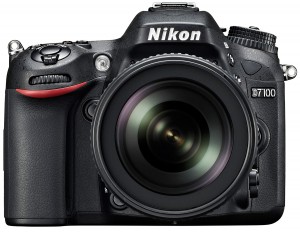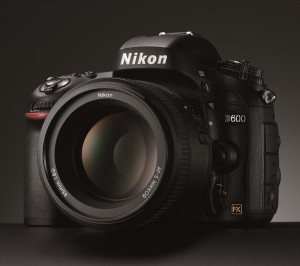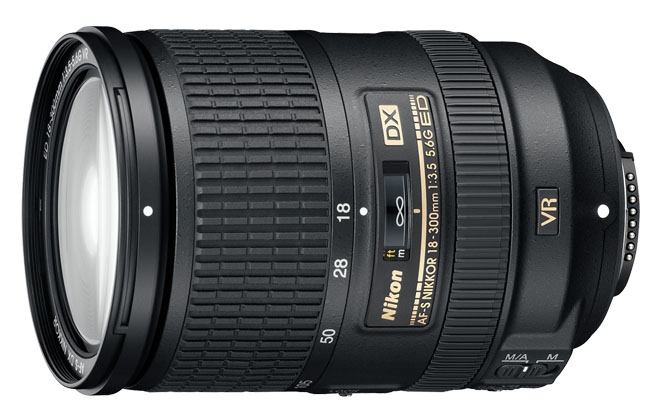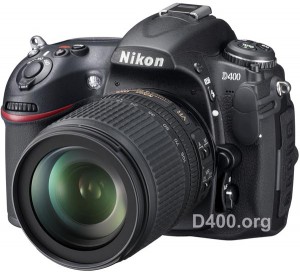
We are in the midst of Summer 2013 and still waiting for details about the new Nikon D400. The camera is expected to be announced Fall 2013 with availability in late 2013. At this point, D400 rumors are scarce and some still doubt that Nikon will release another DX camera above the D7100. In use, the consumer-grade D7100 falls short of real professional duty, with a limited buffer which restricts continuous shooting bursts necessary for wildlife and sports photography. For many enthusiasts, the D7100 will be the top-of-the-line choice. But for professionals only a D400 would satisfy with a rugged body able to withstand the rigors of daily use and the weight of long telephoto lenses.
On July 30, it will be 4 years to the day the previous DX flagship D300s was announced. Today the Nikon D300s is still listed as the top DX camera on Nikon USA, and sells at $1,699 suggested retail. From a price-perspective, the space between the $2,099 D600 and $1,199 D7100 all but guarantees there will be D400.
Historically and culturally, Nikon has been a conservative company. Since 2012, the company has been more aggressive by releasing three full-frame cameras and three DX cameras, as well as several iterations of the Nikon 1 (initially released in late 2011). They have taken a no holds barred approach to outsell rival, Canon. It is difficult to compare the two companies by financial data alone because Canon lumps in camcorders, printers and broadcast equipment with their digital cameras. What is more obvious is that Nikon and Canon are quick to release cameras aimed at the same market as closely as possible. Canon is expected to release a 7D replacement toward the end of 2013 at the soonest, but not release it until 2014.
As a professional DX camera, the Nikon D400 would share several attributes with the D4 and D800. A few notable technical details that would describe the D400:
- Full mangesium body and internal frame
- Rugged and weatherproof body
- CompactFlash (CF) card with UDMA compatibility
- 1/8000 maximum shutter speed
- 1/250 flash sync
- 8-9 fps continuous shooting
- 2-9 frames bracketing 1/3, 1/2 and 1 EV
- mirror lock up mode
- ISO 100 native
- Nikon CLS support
- Flash sync terminal
- Face-detect autofocus
- 3.2-inch diagonal LCD
- HDMI output with uncompressed video
- USB 3.0
- Stereo mic input
- Wireless and GPS support via optional accessories
- 10-pin connector
- AF-ON button
Some wish list items that would make the D400 camera outshine the competition:
- Integrated vertical (portrait orientation) grip
- EN-EL18 battery (2,600 shots per charge)
- Weight under 1000g
- Ethernet port for tethered control
- Integrated WiFi
- Integrated GPS
- 60p video at 1080×1920 resolution
- 4K Ultra HD at 30 frames per second





